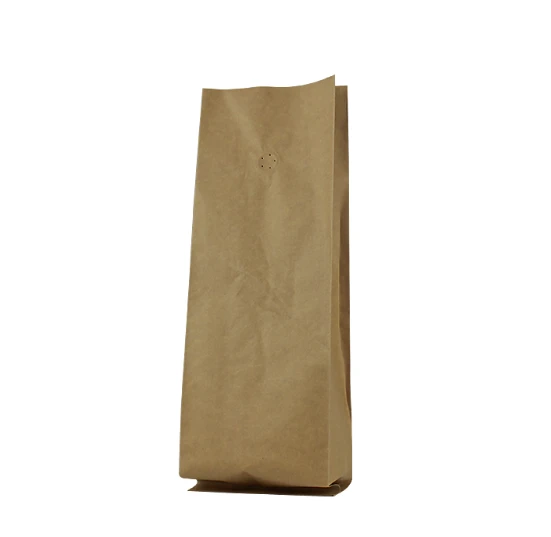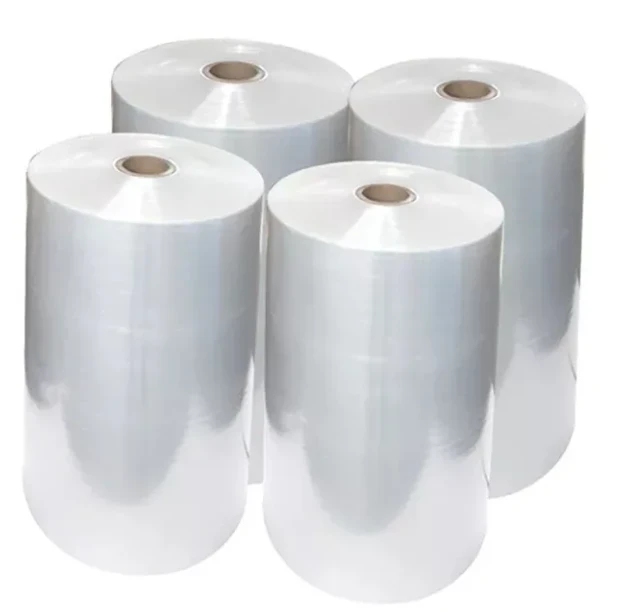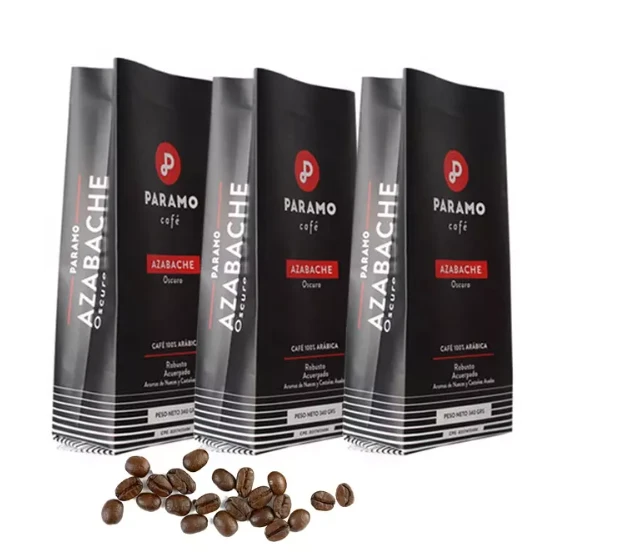- Afrikaans
- Albanian
- Amharic
- Arabic
- Armenian
- Azerbaijani
- Basque
- Belarusian
- Bengali
- Bosnian
- Bulgarian
- Catalan
- Cebuano
- chinese_simplified
- chinese_traditional
- Corsican
- Croatian
- Czech
- Danish
- Dutch
- English
- Esperanto
- Estonian
- Finnish
- French
- Frisian
- Galician
- Georgian
- German
- Greek
- Gujarati
- haitian_creole
- hausa
- hawaiian
- Hebrew
- Hindi
- Miao
- Hungarian
- Icelandic
- igbo
- Indonesian
- irish
- Italian
- Japanese
- Javanese
- Kannada
- kazakh
- Khmer
- Rwandese
- Korean
- Kurdish
- Kyrgyz
- Lao
- Latin
- Latvian
- Lithuanian
- Luxembourgish
- Macedonian
- Malgashi
- Malay
- Malayalam
- Maltese
- Maori
- Marathi
- Mongolian
- Myanmar
- Nepali
- Norwegian
- Norwegian
- Occitan
- Pashto
- Persian
- Polish
- Portuguese
- Punjabi
- Romanian
- Russian
- Samoan
- scottish-gaelic
- Serbian
- Sesotho
- Shona
- Sindhi
- Sinhala
- Slovak
- Slovenian
- Somali
- Spanish
- Sundanese
- Swahili
- Swedish
- Tagalog
- Tajik
- Tamil
- Tatar
- Telugu
- Thai
- Turkish
- Turkmen
- Ukrainian
- Urdu
- Uighur
- Uzbek
- Vietnamese
- Welsh
- Bantu
- Yiddish
- Yoruba
- Zulu
what are boxes made out of
What Are Boxes Made Out Of?
Boxes are ubiquitous in our daily lives, serving as essential containers for everything from food and products to gifts and shipments. They come in various shapes and sizes, designed for different purposes, but have you ever wondered what materials are used to make these versatile structures? The composition of boxes can significantly affect their functionality, durability, and environmental impact. In this article, we'll explore the most common materials used in box manufacturing, their properties, and the sustainability considerations surrounding them.
Cardboard Boxes
One of the most prevalent materials for boxes is cardboard, particularly in the form of corrugated cardboard. This type of cardboard consists of three layers an inner fluted layer sandwiched between two outer layers. The fluting adds strength while keeping the box lightweight. Cardboard is favored for its affordability, versatility, and ease of printing, making it great for packaging goods for retail. It's also recyclable, which adds to its appeal in today's environmentally-conscious market. However, the production of cardboard involves cutting down trees, leading to deforestation concerns, so responsible sourcing practices are crucial.
Paperboard Boxes
Paperboard, a thicker and more rigid type of paper, is another common material for boxes, especially for packaging smaller items like cosmetics, food products, and electronics. It can be made from recycled paper, which enhances its sustainability profile. Paperboard can be printed on easily, allowing for attractive packaging designs that can enhance brand identity. However, it is generally less durable than corrugated cardboard, making it unsuitable for heavy or bulky items.
Plastic Boxes
Plastic boxes have gained popularity in certain applications due to their durability and resistance to moisture. They are often used for food storage, outdoor items, and industrial packaging. The most common types of plastic used in box manufacturing are polypropylene and polyethylene, which can be either rigid or flexible, depending on the application. While plastic boxes can be recycled, they often end up in landfills due to inadequate recycling infrastructure and consumer habits. The environmental impact of plastic waste is significant, leading many to advocate for biodegradable alternatives.
what are boxes made out of

Wooden Boxes
Wooden boxes, though less common than their cardboard or plastic counterparts, are prized for their durability and aesthetic appeal. They are often used for gourmet food products, wines, and luxury items. Wooden boxes are typically crafted from plywood or solid wood, and they can be easily customized with engravings or finishes, making them popular for gift packaging. However, the sustainability of wooden boxes hinges on responsible forestry practices and sourcing from sustainable wood sources to prevent deforestation and habitat destruction.
Metal Boxes
Metal boxes, made primarily from aluminum or steel, are often used for packaging products that require enhanced protection, such as electronics or hazardous materials. These boxes are incredibly strong, providing excellent durability and protection from environmental factors. However, the production of metal boxes requires significant energy and resources, making recycling and reuse important to minimizing their environmental impact. Additionally, metal boxes are often more expensive than their cardboard or plastic counterparts.
Eco-friendly Alternatives
As consumers become increasingly aware of the environmental impact of their choices, there has been a surge in demand for eco-friendly packaging options. Biodegradable materials, such as those made from plant fibers or recycled materials, are emerging as alternatives. Companies are also exploring the use of mycelium (mushroom roots) and other innovative materials that can decompose naturally and contribute to a circular economy.
Conclusion
In conclusion, boxes are made from a variety of materials, each offering distinct advantages and disadvantages. Cardboard, paperboard, plastic, wood, and metal are the primary materials used in box manufacturing, and each comes with its own set of environmental considerations. As the world moves towards more sustainable practices, the packaging industry must adapt to meet consumer demands for eco-friendly solutions. By understanding the materials that make up our boxes, we can make more informed choices that not only benefit our needs but also the planet. As we continue to innovate and explore new materials, the future of packaging looks promising, providing us with ways to minimize waste while still enjoying the convenience that boxes bring to our lives.













